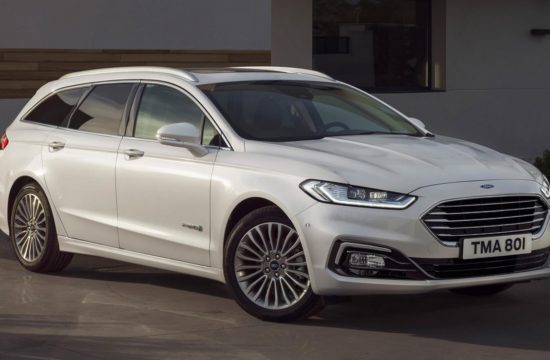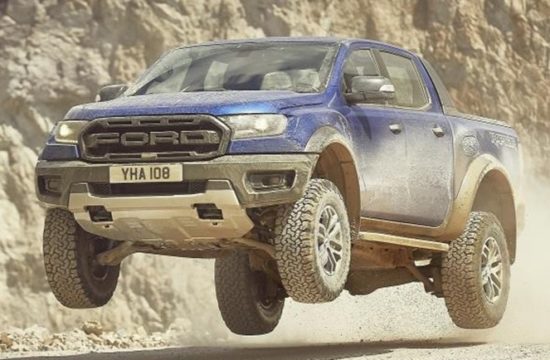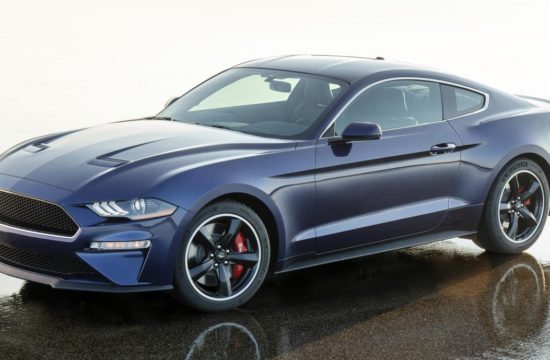![Driver Alert Driver Alert at Ford Driver Alert System Explained [Video]](/wp-content/images/2011/05/Driver-Alert.jpg)
Ford think they have come up with solution to prevent sleepy drivers from causing accidents. It’s called Driver Alert System and emits noises if it thinks the driver is dozing.
How it could possibly recognize that? Well, it has onborad cameras the monitor the road, the white lanes and predicts where vehicle should be relative to them using sophisticated algorithms. If the driver is not driving properly between the lines it assumes he or she is not fully sober and will issue soft audible alerts. It the driver keeps ignoring it the sound intensifies.
Driver Alert is available as part of the optional Driver Assistance pack offered on Ford Mondeo, S-MAX and Galaxy models and was most recently introduced on the all-new Ford Focus. The optional Driver Assistance pack for the Focus costs £750 and also contains Active City Stop, Lane Departure Warning and Lane Keeping Aid, Traffic Sign Recognition, Auto high beam and Blind Spot Information System (BLIS).
Here’s a video for you to understand how it works:
“Driver fatigue is a serious problem and one that can affect anyone,” said Ford engineer Margareta Nieh, who helped develop Driver Alert. “When drivers become drowsy they tend to drift off line as they lose concentration and then make sudden corrective steering inputs. What we’ve developed is a Driver Alert system that picks up on these erratic driving movements by detecting sideways yaw.”
The Driver Alert system comprises a small forward-facing camera connected to an on-board computer. The camera is mounted on the back of the rear-view mirror and is trained to identify lane markings on both sides of the vehicle.
When the vehicle is on the move, the computer looks at the road ahead and predicts where the car should be positioned relative to the lane markings. It then measures where the vehicle actually is and if the difference is significant, the system issues a warning.
“Let’s imagine the driver is tired, their concentration levels start to drop and the vehicle starts to drift from side-to-side,” Nieh said. “The software will detect this change in the vehicle’s behaviour, triggering a two-stage warning process.”
First a soft warning will pop up in the instrument cluster as a text message and will stay there for 10 seconds with an accompanying chime. If the driver continues to demonstrate drowsy behaviour, a hard warning will appear in the instrument cluster which the driver must acknowledge by pressing an OK button.
“If the driver fails to acknowledge the hard warning, the system can only be reset by stopping the car and opening the driver’s door,” Nieh said. “The system then recognises that perhaps you have changed drivers or that you have had a rest and can continue.”
Although Driver Alert’s camera is trained to look for lane markings on both sides of the road it will function if markings on just one side are detected. The system can be switched off via the instrument cluster.
“The technology is very clever,” Nieh said. “It’s been programmed to recognise intentional lane changing manoeuvres so it won’t issue a warning whenever you overtake, for example.”








